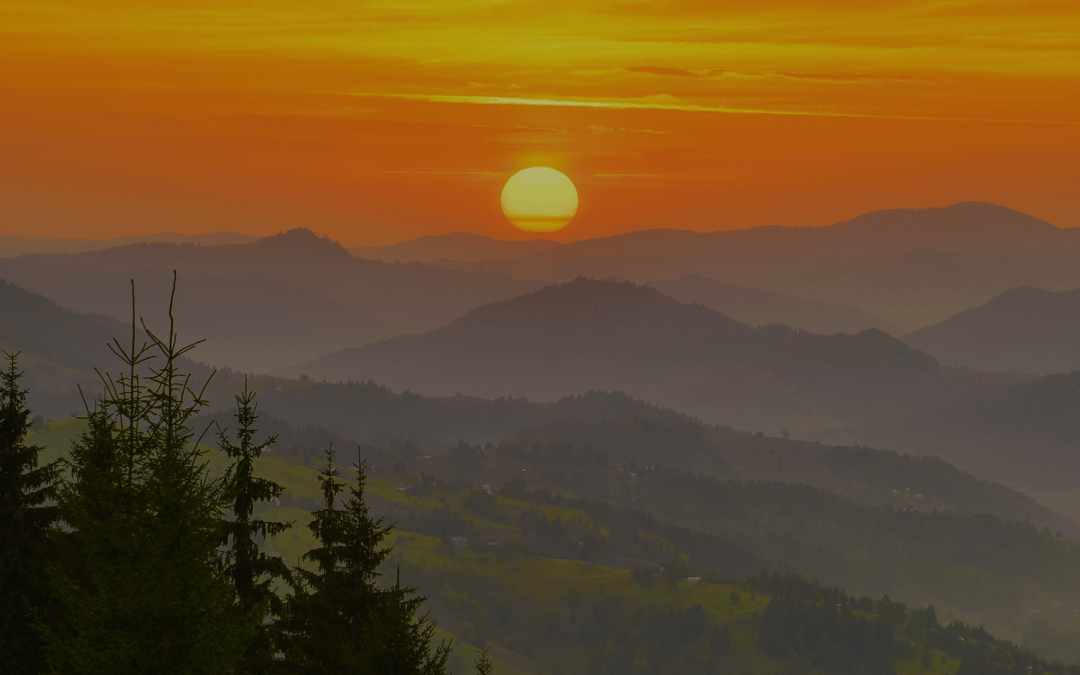Deep ecology is a way of looking at the world, a deep ‘ecological’ view, that sees the fundamental interdependence of all life. It sees that we humans are embedded in, and part of the natural world – a world we depend on for our existence.
Fritjof Capra describes the difference between ‘holistic’ and ‘ecological’. A holistic view of a bike is to see the bike as a functional whole and to see the interdependence of its parts. An ecological view sees all this, but also recognises that the bike is embedded in a natural and social environment. This means seeing where the raw materials that make the bike come from. Seeing how it was made. Noticing the effects that it has on the environment and the community in which it is used.
Deep ecology does not see humans, or anything else in the world, as separate from nature. Deep ecology says that the world is not made up of objects but networks, processes and relationships in which everything is connected. All life has value. Humans are just one part of the vast web of life.
Deep ecology is also ‘deep’ in another way. It is about asking deeper questions. It asks questions about our worldview and about our way of life.
Values are central to deep ecology. The old way of thinking about the world was based on human-centred values. Deep ecology promotes ‘eco-centric’ (earth-centred) values. It argues for the value of non-human life. All living beings are tied together by an ecological system that is interdependent. This awareness helps change our ethics and what we place value on.
Exercise:
Imagine ‘deep ecology’ as a lens you can try on to understand the world in a different way. What would it be like to look at the world from this perspective? We can look at anything from a deep ecological perspective. When learning about a city, a forest, a family or a phone we can ask deeper questions about it.
For example, take a house, or the building you are in. We can ask the following:
Where did the material come from to make up this house? (We don’t need the exact facts, just a ‘best guess’)
Where might these materials have travelled from?
What impact does doing this have on the natural environment here and elsewhere?
What people were involved in making this house or in the transportation of materials?
What impact might making this house have on the social environment?
Further questions might include: Where does this house get its energy? Where does its waste end up?
Finally, what does it feel like to think about these questions? Do you get a greater sense of the interconnected nature of our world?

